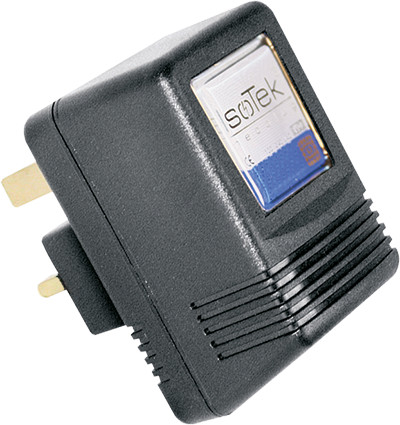

Frequency Smoothing (bands): At values of 1 or higher, this control spreads the noise reduction into the specified number of neighboring bands.Set this control to the lowest value that achieves effective noise removal without the introduction of artifacts. Lower values may result in the appearance of artifacts in the noise-reduced audio. Greater sensitivity means that more noise will be removed, possibly at the expense of removing some of the desired signal as well. Sensitivity: Controls how much of the audio will be considered as noise, on a scale of 0 (off) to 24 (maximum).Higher values than necessary may make the noise even quieter, but will result in damage to the audio that remains. Use the lowest value that reduces the noise to an acceptable level. Noise Reduction (dB): Controls the amount of volume reduction to be applied to the identified noise.Listening to the Residue (the sound that will be filtered out when you apply "Reduce") can also be useful in determining how much damage is being done to the desired (non-noise) sound. This is often best done by trial and error, adjusting the sliders and using the Preview button to listen to a few seconds of audio after noise reduction. Select the entire region of waveform from which you want to reduce the noise, then set the Noise Reduction parameters.The convenience and security of controlling all your lights and appliances from anywhere in your house is simple and inexpensive. This enables you to have the remote and automated control of lights and appliances from anywhere on your property. Choose from plug-in, wired-in and wireless models. X10 utilized powerline language to transmit control signals anywhere in your house over your existing 110V electrical lines, so you can control lights and appliances throughout your home without running new wires! Simply add a controller (transmitter) at one electrical outlet and add another module (receiver) at any other outlet and you have remote control of that module. X10 started manufacturing home automation and security products in the late 70s and has been one of the smart home standards since its inception. If this fixes the problem, plug the offending appliance into an X10 Noise Filter. The easiest way to determine whether or not a household device is causing interference is to unplug it entirely.


Televisions and computers can also transmit noise, even if turned off.

Certain devices in your house can cause interference with X10 signals.


 0 kommentar(er)
0 kommentar(er)
